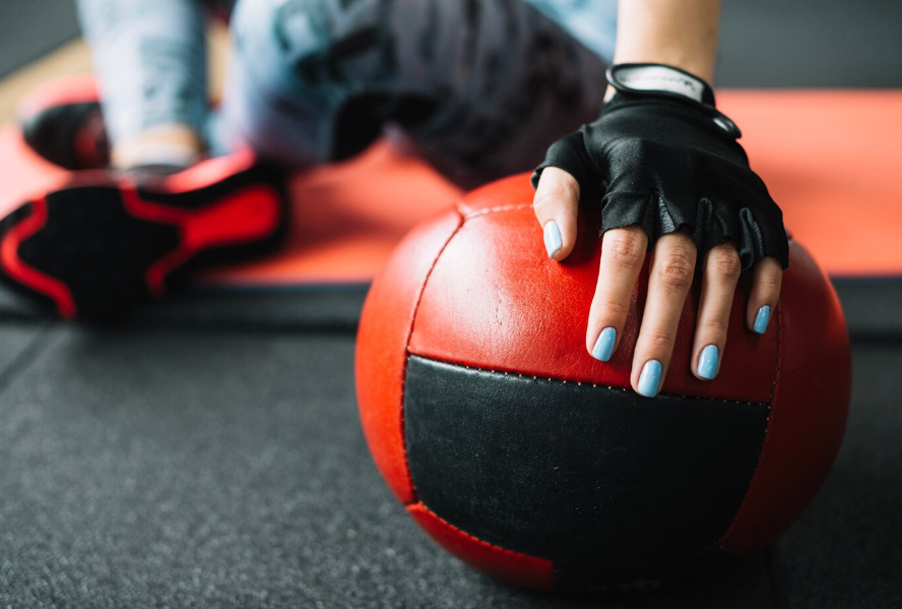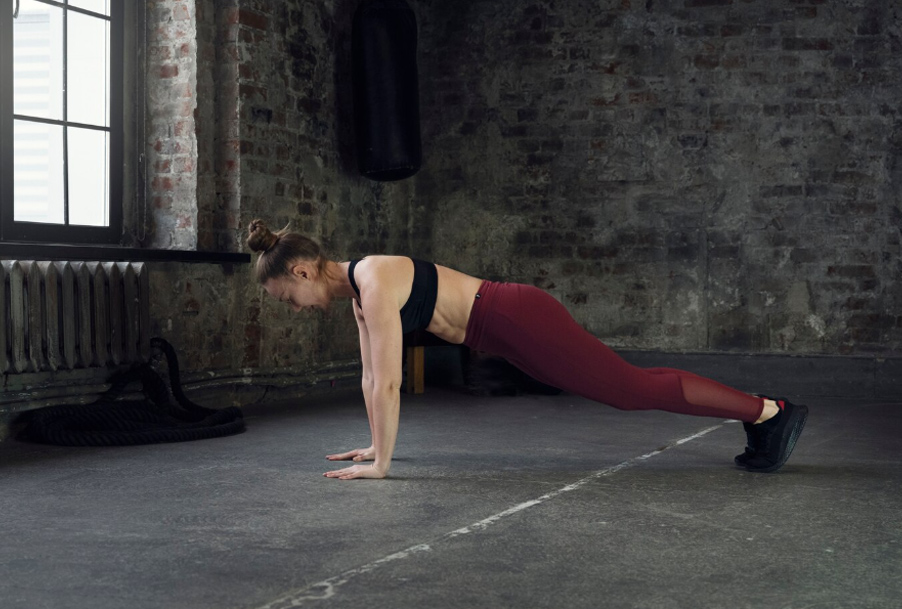Strength training is a powerful way to improve your fitness, boost your confidence, and enhance your overall health. If you’re new to strength training, the process might feel intimidating, but with the right approach, you can start building strength safely and effectively. This guide will help you understand the basics and set you on the path to success.
What Is Strength Training?
Strength training, also known as resistance training, involves exercises designed to improve muscle strength, endurance, and size. By challenging your muscles with resistance—using bodyweight, weights, or resistance bands—you force them to adapt and grow stronger over time.

Strength training is suitable for everyone, regardless of age or fitness level. Whether you’re looking to improve athletic performance, enhance your appearance, or stay active as you age, incorporating strength exercises into your routine has lasting benefits.
The Benefits of Strength Training
Strength training offers numerous physical and mental health advantages, including:
- Improved Muscle Strength: Enhances your ability to perform daily activities like lifting, carrying, or climbing stairs.
- Increased Bone Density: Protects against osteoporosis and reduces the risk of fractures.
- Boosted Metabolism: Muscle burns more calories at rest than fat, aiding in weight management.
- Better Mental Health: Releases endorphins, which improve mood and reduce stress.
- Improved Confidence: Achieving fitness milestones builds self-esteem and a sense of accomplishment.
Getting Started: Key Components of Strength Training
To make the most of your strength training journey, focus on these key elements:
1. Start with Basic Movements
Begin with fundamental exercises that target multiple muscle groups. Some effective starter exercises include:
- Push-ups: Strengthen your chest, shoulders, and triceps, while also engaging your core.
- Squats: Build leg strength, improve balance, and enhance mobility.
- Planks: Develop core stability and endurance, essential for overall strength.

These bodyweight exercises are easy to perform anywhere and provide a strong foundation for learning proper form.
2. Incorporate Equipment Gradually
Once you’re comfortable with basic movements, gradually introduce equipment such as resistance bands, dumbbells, or barbells. Resistance bands are great for adding gentle challenges, while dumbbells and barbells allow for increased resistance as you progress.
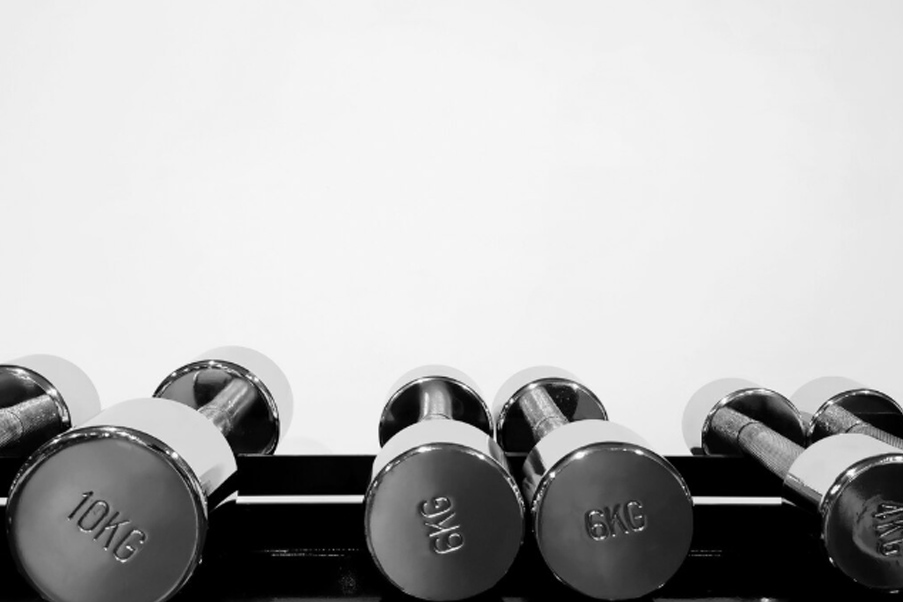
3. Focus on Form Over Weight
Mastering proper technique is critical for preventing injuries and maximizing results. Always prioritize form, even if it means starting with very light weights. Engage the correct muscle groups and ensure your movements are controlled and precise. Proper form builds the foundation for safely increasing intensity over time.
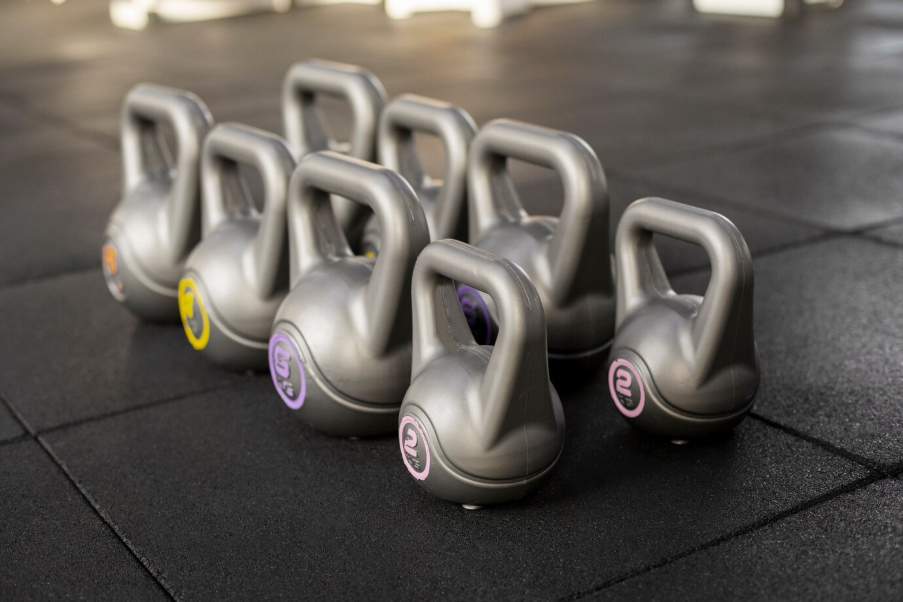
4. Progress Slowly
Strength training is a gradual process. Increase resistance or the number of repetitions incrementally to continuously challenge your muscles.

Avoid the temptation to rush, overloading too quickly can lead to injuries or setbacks. Track your progress to stay motivated and ensure steady improvement.
Structuring Your Strength Training Routine
Consistency is key to seeing results in strength training. Aim for two to three sessions per week, ensuring at least one day of rest between workouts to allow your muscles to recover and grow stronger.
Here’s an example of a balanced weekly routine:
- Day 1: Full-body workout focusing on bodyweight exercises, such as push-ups, squats, and planks. These foundational moves build strength and improve mobility.
- Day 2: Rest day. Allow your muscles to recover and prepare for the next session.
- Day 3: Upper body and core exercises, like dumbbell rows, shoulder presses, and planks. This focuses on developing a strong upper body and stable core.
- Day 4: Active recovery day. Engage in light activities like walking, yoga, or gentle stretching to keep your body moving without overloading it.
- Day 5: Lower body and mobility exercises, including lunges, deadlifts, and stretching. These movements enhance lower body strength and flexibility.
- Day 6: Rest day. Give your muscles time to rebuild and grow stronger.
- Day 7: Cardio or light endurance workout, such as jogging, cycling, or swimming. This complements strength training by improving cardiovascular fitness.
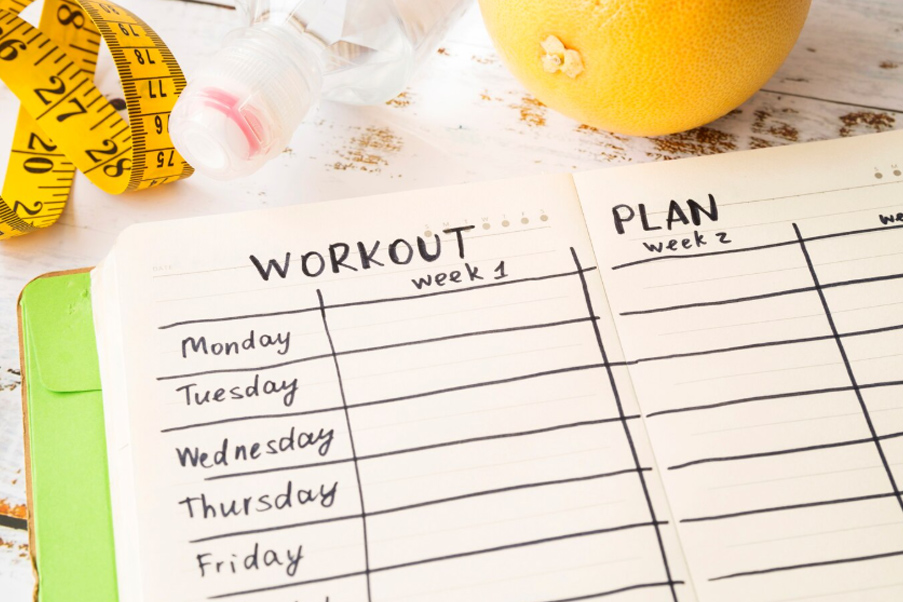
Each session should consist of 6-8 exercises, performed in 2-3 sets of 8-12 repetitions. Start with a weight or resistance level that feels challenging but allows you to maintain proper form throughout. Gradually increase intensity as your strength improves to continue progressing toward your fitness goals.
Tips for Success
- Warm Up Properly: Spend 5-10 minutes doing light cardio and dynamic stretches to prepare your body for exercise.
- Listen to Your Body: If something feels uncomfortable or painful, modify the movement or take a break. Never push through sharp pain, as it could lead to injury.
- Track Your Progress: Keep a journal or use an app to log your workouts. Record the weights used, the sets and reps completed, and any notes on how you felt during the session. This helps you monitor improvements and stay motivated.
- Stay Consistent: Building strength takes time. Stick to your routine, celebrate small victories, and remember that progress may be gradual but is always meaningful.
- Set Realistic Goals: Define achievable targets for your strength training journey. Whether it’s lifting a specific weight or completing a certain number of reps, clear goals keep you focused and motivated.
- Stay Hydrated: Proper hydration is crucial for maintaining energy and muscle function during workouts. Drink water consistently throughout the day, and ensure you’re replenishing fluids lost during exercise to support optimal performance and recovery.
Common Mistakes to Avoid
Strength training can be incredibly beneficial, but avoiding common mistakes is essential to ensure you progress safely and effectively.
Skipping Warm-Ups
Cold muscles are more prone to injury, so always prepare your body before starting. Spend 5-10 minutes warming up with light cardio or dynamic stretches to get your blood flowing and muscles ready.

Using Improper Form
Focusing on technique is crucial for avoiding unnecessary strain or injury. Prioritize learning the correct form for each exercise, even if it means starting with lighter weights. Proper form ensures that you engage the right muscle groups and maximize results.

Overtraining
Rest days are just as important as workout days. Overtraining can lead to fatigue, injury, and hindered progress. Allow your muscles adequate time to recover and grow stronger by scheduling at least one rest day between strength training sessions.
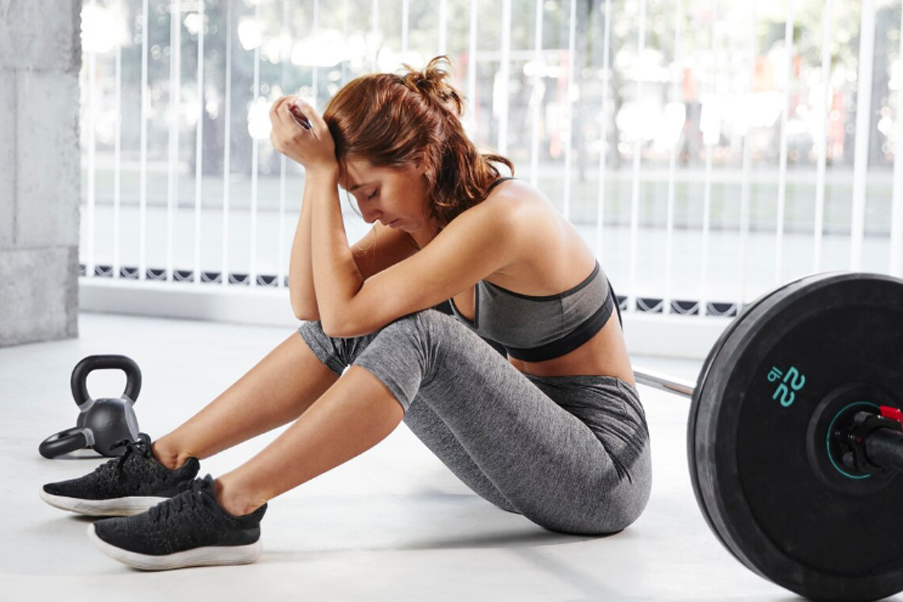
Neglecting Nutrition
Strength training requires proper fuel to support muscle repair and energy needs. Focus on a balanced diet that includes sufficient protein, complex carbohydrates, and healthy fats. A well-rounded diet ensures your body has the nutrients it needs to recover and perform optimally.

Conclusion: Take the First Step
Starting strength training can be a transformative journey for your body and mind. By understanding the basics, focusing on proper form, and staying consistent, you’ll build strength and confidence over time.
Remember, every rep and every session brings you closer to your goals. Whether you’re lifting a dumbbell for the first time or progressing to heavier weights, the key is to keep moving forward. Embrace the process, and you’ll soon discover the incredible benefits of strength training. Start today and become the strongest version of yourself!

 Cart is empty
Cart is empty 











